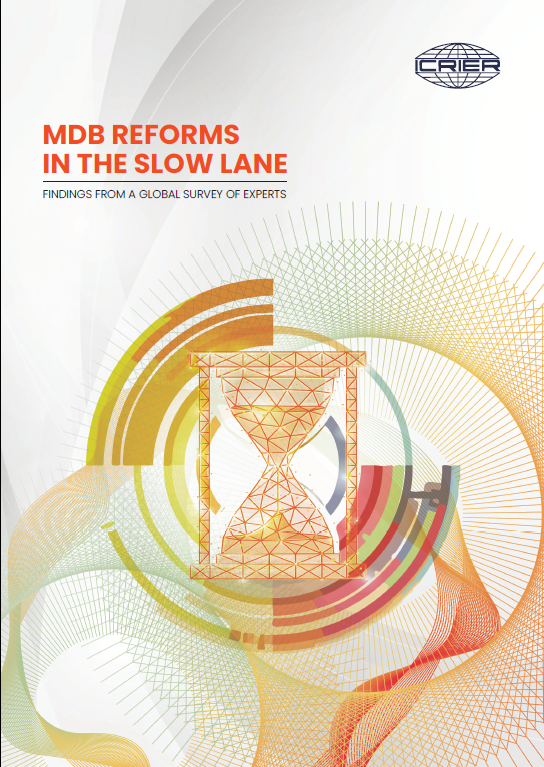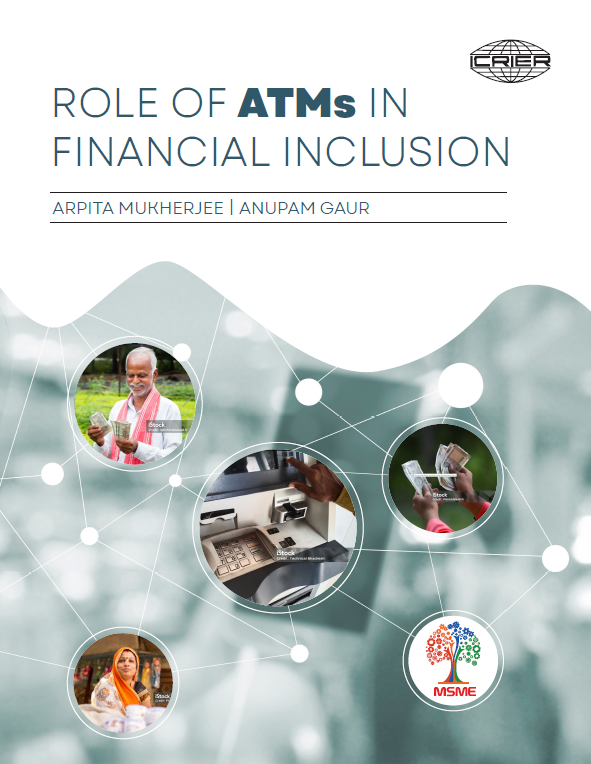
Several factors at home and abroad have aligned in recent years to give India a rare opportunity to create a globally competitive manufacturing sector. From a geo-political perspective, the world is looking to India – with its youthful, English-speaking, large and relatively cheap labor force and long democratic traditions – to counterbalance China as the world’s factory. With the Covid-19 pandemic exposing the fragility of Global Value Chains (GVCs), the multinationals are increasingly adopting the China Plus One strategy. 1 The US-China trade war and the hardening of rhetoric on both sides to decouple their economies have meant a new world trade order is evolving, giving India a second chance to rethink its trade and industrial policies. Keeping these global developments in mind, and their continued effort to catapult India into a global manufacturing hub, the Indian policymakers have announced a slew of programs during the past one decade including the National Manufacturing Policy (2011), the National Policy on Electronics (2012), Make in India initiative (2014), the Phased Manufacturing Programme (2017) and Remission of Duties and Taxes on Exported Products (RoDTEP). In recent months, there are encouraging signs that India’s trade policy may be decisively shifting towards greater export promotion (see Box 1)





